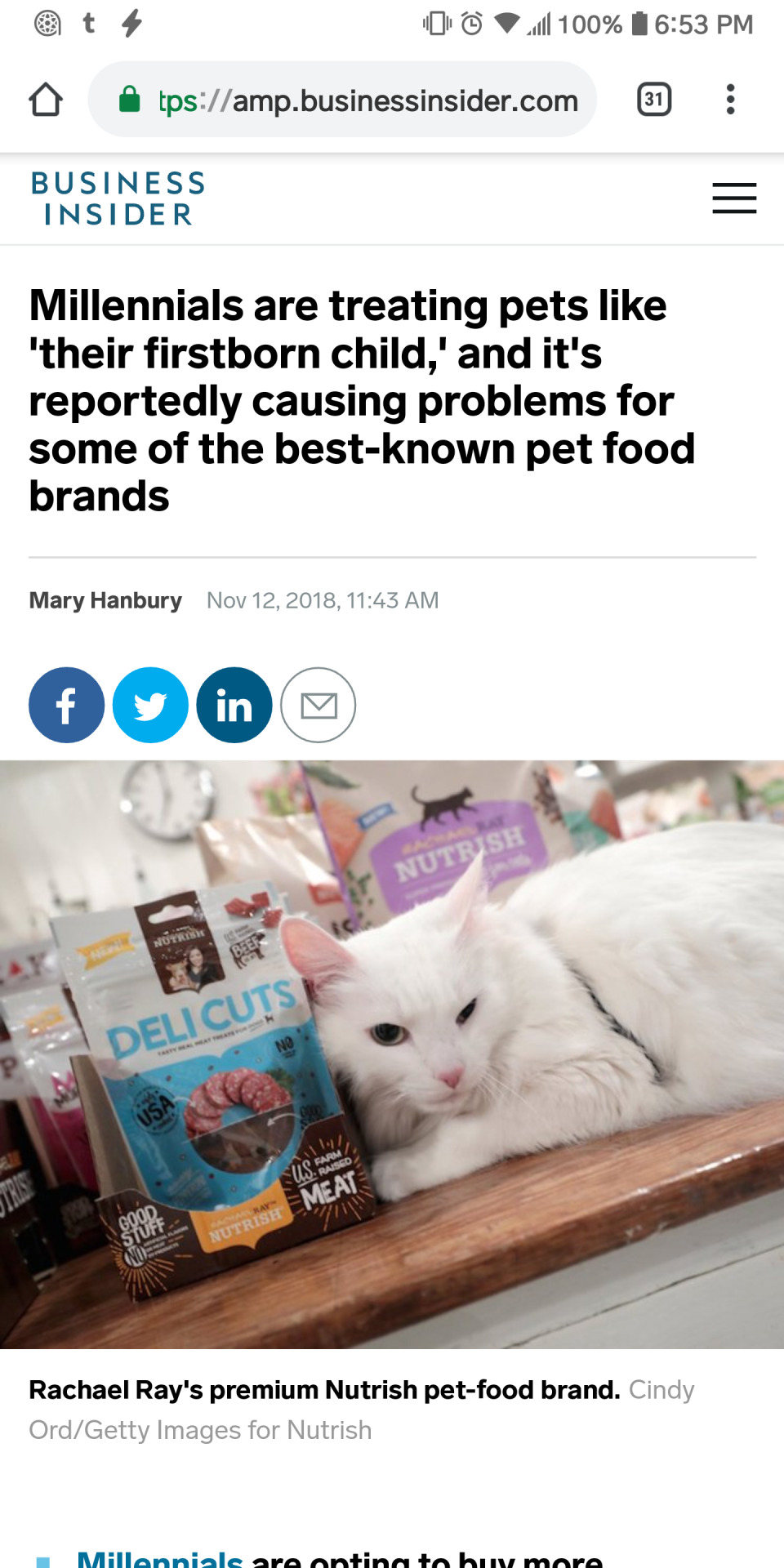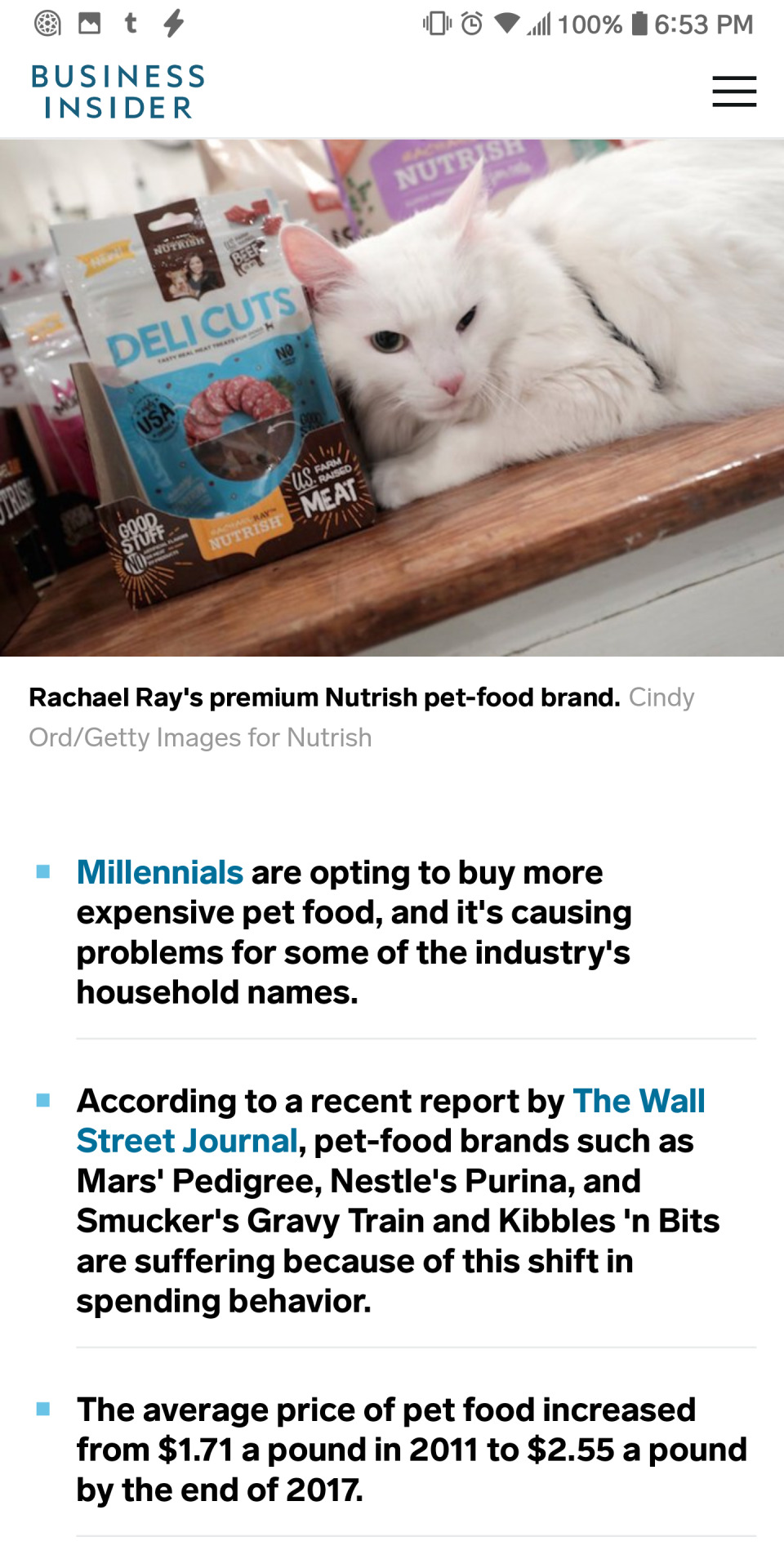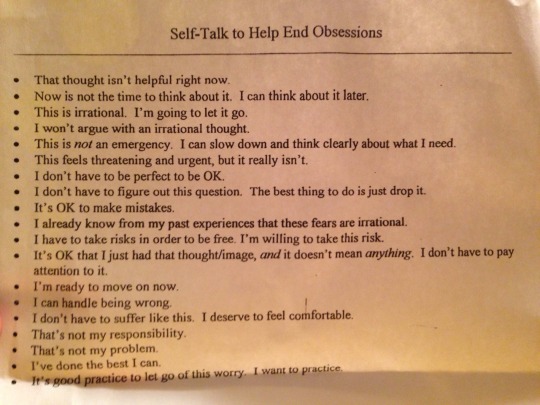Hi! I reblog stuff. And doodle. But more of the reblogging. You can call me Lioness. Also, you can always ask me anything. That's what my ask button is for! There's some more info about me on my "Meet me" page. She/her, ace.
Don't wanna be here? Send us removal request.
Text


Millennials are ruining corrupt corporate capitalism by caring about animals
#love this for millenials#but yes#it's the crappy brands that need to die#not the decent ones that are crafted to meet pets' needs#lioness reblogs#There For Queue
112K notes
·
View notes
Text
You will not die at the hands of quicksand. Ask me how I know this
73K notes
·
View notes
Photo

Isn’t this that daft punk song
318K notes
·
View notes
Text

#assigned golden retriever by uquiz#there's worse things in the world#lioness reblogs#There For Queue
22K notes
·
View notes
Text
“i asked chatgpt-” ohhh ok so nothing you are about to say matters at all
98K notes
·
View notes
Text
"we have progressed beyond the tumblr sexyman"
Nah babe, we've effectively regressed back to shaming women for openly liking something unless they write a 3 page disclaimer about how they understand that the sexy morally gray character is actually PrObLeMaTiC and solemnly swear that books and movies will not lead them astray from a life of devout self-denial.
14K notes
·
View notes
Photo

While cleaning out my room I found a paper that my therapist gave me some time ago to deal with obsessive and intrusive thoughts. Sorry the paper is a little crinkled and stained, but I figured I’d post it in hopes that it will help someone like it helped me.
321K notes
·
View notes
Text
oh so you’re telling me the guy had a 3 page handwritten explanation of his motives and mindset and a gun and silencer that matches the description despite it being a week since the guy was shot? hmmmm interesting
#yeah i think i can count on the fingers of one hand the amount of#news reports about dutch suspects that list full names#basically only if they were already a public figure before#same with photos#we get courtroom sketches#unless they were a public figure already#lioness reblogs#There For Queue
47K notes
·
View notes
Text

I’m just going to leave this here
72K notes
·
View notes
Text

#breaking numerous CITES regulations to jump in a snowy wonderland with my lil kitty friend#and other friends#in guild wars 2#lioness reblogs#There For Queue
105K notes
·
View notes
Text
i think one of the reasons i get mildly annoyed about worldbuilding threads that are 200 tweets of why you should care about where blue dye comes from in your world before saying someone is wearing blue is that so few of them go up to the second level of "and that should impact your characters somehow" - i don't care that blue dye comes from pressing berries that only grow in one kingdom a thousand miles away if people are casually wearing blue
36K notes
·
View notes
Text
When the right person hugs you it's medicine.
6K notes
·
View notes
Note
With all the surviving dresses and all the girls considered worth photographs being waifish as heck, what can you tell me about how a heavier lass might have Been Fashion in the 20s? could I have flapped?
You absolutely could have flapped! People have always existed at every size, and extant garments have major survivorship bias that preserves mostly the tiniest, fanciest things. Looking at vernacular photography from the era shows us tons of people in every shape and size wearing 20s styles.





The thing is, what looks flattering and fashionable to us, now, was not necessarily what looked flattering and fashionable to them, back then.
That said, there definitely was some social pressure to be (or look) slimmer:

(did you know Lane Bryant’s been around this long?)
But honestly, most people who weren’t Hollywood stars or socialites just kind of committed to the loose, boxy silhouette.



1K notes
·
View notes
Text

Finished a thing!
Edit: I posted the Etsy shop in the notes, but gonna put it up here too in the finished project pic. It’s GameOverStitches and all their stuff looks awesome.
19K notes
·
View notes
Text

twenty years across the sea
#oh#i've been wanting to try and learn how to enjoy poetry#this#this is helping#gonna go look them up#art#poetry#lioness reblogs#There For Queue
57K notes
·
View notes

